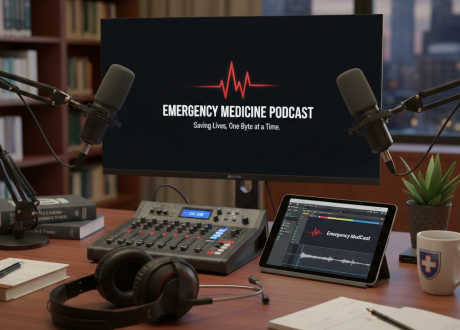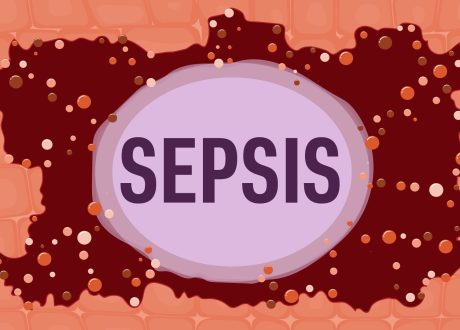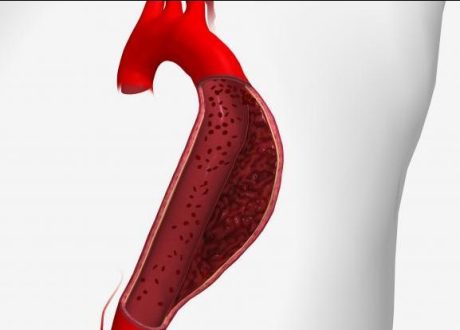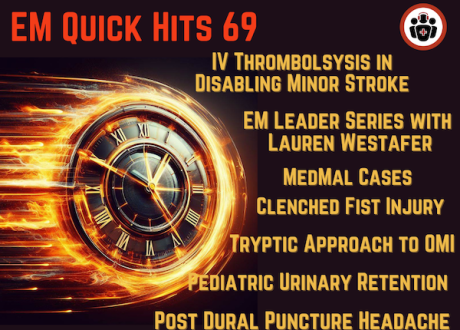“This learning material is sourced from Emergency Medicine Cases [with link to emergencymedicinecases.com] and has been published here with permission as per creative commons copyright”
Topics in this EM Quick Hits podcast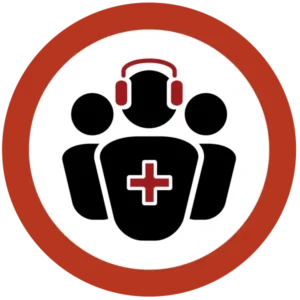
Anand Swaminathan on continuous quantitative end-tidal CO2 monitoring in cardiac arrest (2:30)
Tahara Bhate in QI Corner – sorting out the the dizzy patient (10:00)
Andrew Healey on organ donation do’s and don’ts (20:00)
Sarah Foohey on foodcourt hacks – paraphimosis, rectal prolapse, food bolus obstruction (28:10)
Jennifer C. Tang on 4 medicolegal myths (35:55)
Podcast production, editing and sound design by Anton Helman, January 2023
Podcast content, written summary & blog post by Anton Helman and Sarah Foohey, January 2023
Cite this podcast as: Helman, A. Swaminathan, Bhate, T. Healey, A. Foohey, S. Tang, JC. EM Quick Hits 45 – ETC
O2, Organ Donation, Paraphimosis, Medicolegal Myths, QI Corner. Emergency Medicine Cases. January, 2023. https://emergencymedicinecases.com/em-quick-hits-january-2023/. Accessed February 7, 2023.
Value of continuous waveform quantitative end-tidal CO2 monitoring in cardiac arrest
- A sudden decrease or loss of ETCO2 may indicated the need for CPR to be started
- ETCO2 is an indirect assessment of quality of chest compressions (location, rate, depth); adequate chest compressions correlate with ETCO2 pressures of ≥20mmHg.
- A rise of ETCO2 >20mmHg is highly specific for ROSC in patients with PEA arrest; on average, patients with ROSC after CPR had an average ETCO2 level of 25 mmHg in one meta-analysis
- An up-trending ETCO2 during resuscitation suggests continuing resuscitative efforts unless there is overwhelming clinical evidence to the contrary
- Confirmation of airway placement and subsequent guide for adequate delivery of breaths using BVM or supraglottic device and ventilation rates for ETT with more immediate feedback than oxygen saturation monitoring
- A general “rule” is that if the ETCO2 is consistently <10mmHg for 3-5 minutes after 20 minutes of high quality CPR and resuscitative efforts, ROSC is unlikely to be achieved; however this is not a sensitive test and should be used only as an adjunctive data point in decisions of termination of resuscitation efforts
- There are multiple potential confounders that can elevate or decrease ETCO2 levels (see chart below), so extreme or trending values may be more useful than unwavering mid-range levels
- A sudden flattening of the ETCO2 waveform may be due to cardiac arrest, ventilator disconnection, esophageal intubation, capnography obstruction or dislodged airway device
Factors Affecting EtCO2

Source: EMSWorld
QI Corner – Dizziness, vertigo, pre-syncope and pulmonary embolism
- Recognize the margin of error in asking patients to categorize their dizziness as vertigo or presyncope and consider employing a timing and triggers-based assessment to help avoid discarding half the differential diagnosis prematurely
- Stay alert to the possibility of pulmonary embolism in patients with COPD and pre-syncope or syncope even though studies have over-estimated the prevalence of PE in such populations
- Make an effort to track down EMS ECG strips in patients with pre-syncope or syncope, and consider working with your hospital and EMS to develop a system that archives EMS ECGs



